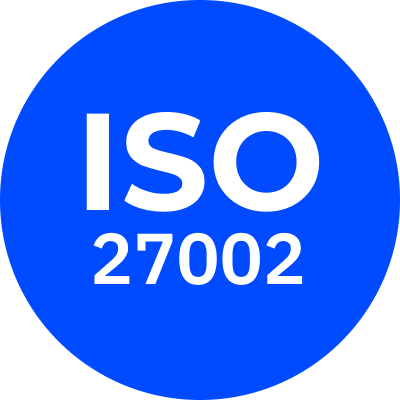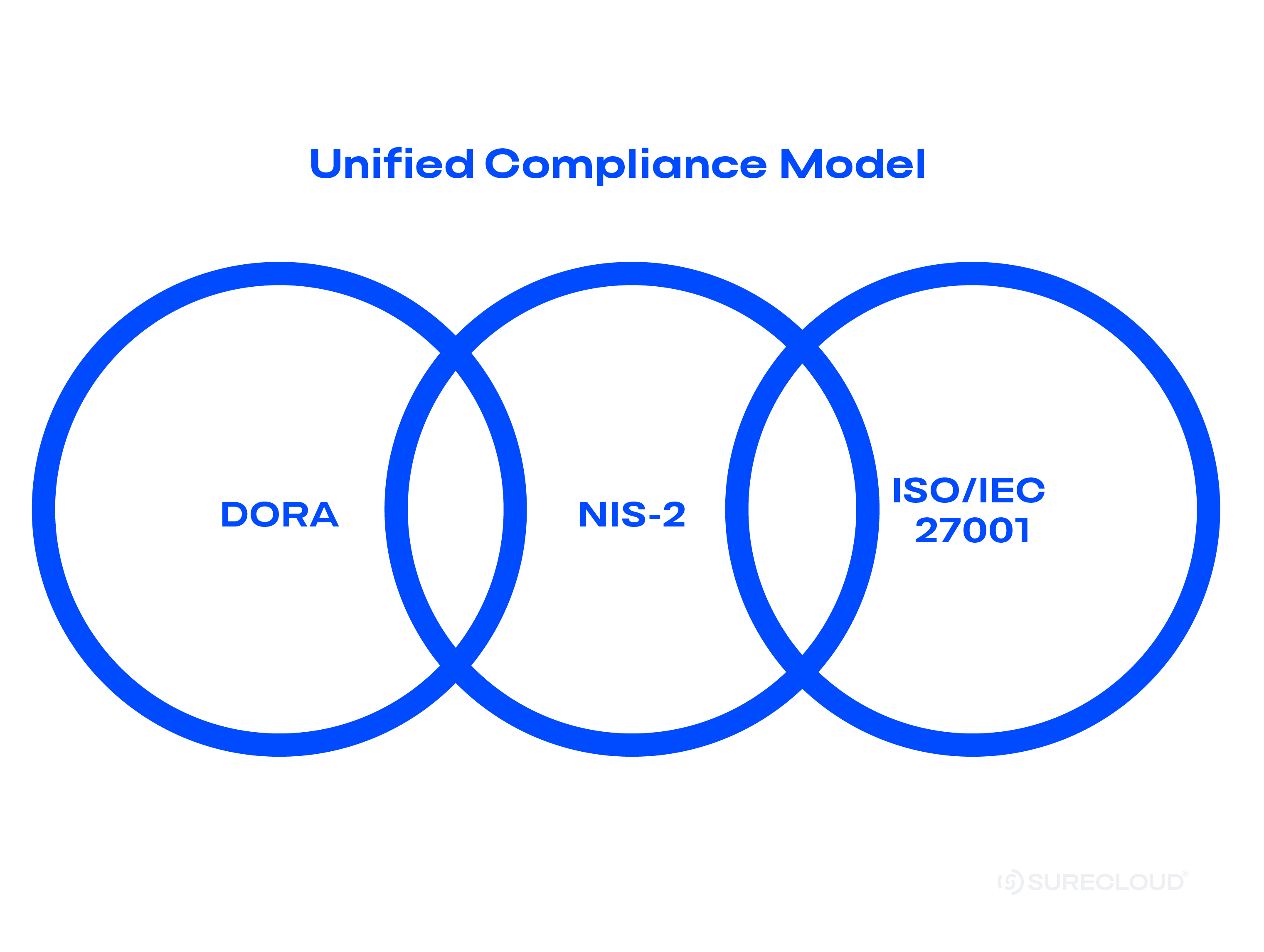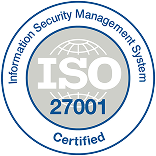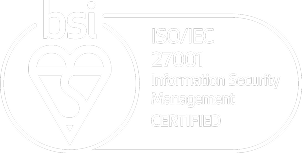
- Third-Party Risk Management
- 24th Nov 2025
- 1 min read
What Is Third-Party Risk Management? TPRM Explained

- Written by
In Short..
TLDR: 4 Key Takeaways
- Third-party risk continues to grow in 2025, driven by complex digital supply chains, cloud dependencies and AI-enabled attack tactics that increasingly target weaker vendors.
- A strong TPRM programme gives visibility and control, helping you identify, assess and monitor risks across suppliers, service providers and wider fourth and fifth-party relationships.
- Technology is now essential for scale, with automation, continuous monitoring and integrated workflows enabling faster assessments, higher vendor completion rates and real-time risk insight.
- Successful TPRM depends on maturity, regulatory pressure and organisational objectives, but the core outcome is the same: a safer, more resilient third-party ecosystem that can withstand disruption.
A well structured TPRM programme gives organisations the confidence to work with third parties without increasing exposure to unnecessary risk. As supply chains become more interconnected and regulatory expectations rise, proactive vendor oversight is no longer optional. By combining clear governance with the right technology, organisations can better anticipate issues, respond faster to emerging threats and build long-term resilience across their entire third-party ecosystem.
What is Third-Party Risk Management?
Modern organisations no longer operate as isolated entities. They rely on a vast network of suppliers, cloud providers, managed service partners, SaaS vendors, contractors and outsourced teams. As GRC analyst Michael Rasmussen puts it: "Their issues are your issues. Their risks are your risks. Their compliance failures are your compliance failures." In other words, many of the people and entities with access to your systems, data and critical processes sit outside your organisation’s walls.
This interconnected ecosystem delivers enormous operational value. Yet each additional relationship also introduces potential vulnerabilities. In 2025, third-party breaches remain one of the top vectors for cyber incidents, data exposure and operational disruption. Weaknesses in supplier infrastructure, unmanaged access rights or poor compliance hygiene can quickly cascade into significant organisational damage.
This is why Third-Party Risk Management (TPRM) is now a foundational requirement of modern corporate governance, operational resilience and cyber-risk strategy.
Why Third-Party Risk Management Matters in 2025
Think of your organisation as a finely tuned orchestra. Each vendor plays a unique part. If one goes out of tune due to a cybersecurity lapse, a compliance failure or financial instability, your entire operational harmony is affected.
This is not theoretical. High-profile breaches continue to make headlines globally. The well-known Target incident remains one of the clearest examples of a third-party compromise: attackers infiltrated Target’s network via an HVAC vendor, resulting in 40 million compromised payment cards and more than $162 million in net financial impact after insurance.
In 2025, new pressures make TPRM even more critical:
1. AI-enabled supply chain attacks
Threat actors now use AI to discover weak suppliers and automate lateral movement across ecosystems.
2. Tightened regulatory expectations
Latest updates to NIS2, DORA, the SEC cybersecurity rules and global data-privacy regulations mandate demonstrable third-party oversight and continuous monitoring.
3. Cloud concentration risk
Organisations increasingly depend on a small number of hyperscalers and critical SaaS vendors. Outages or breaches can affect entire sectors.
4. Board-level scrutiny
TPRM has shifted from an operational concern to a strategic business-risk domain. Boards expect clear reporting, defensible processes and real-time risk intelligence.
Getting TPRM wrong now carries significant financial, operational and reputational consequences. Getting it right builds trust and resilience.
The TPRM Process Explained
A high-performing TPRM programme includes five core stages.
1. Identification
Catalogue every third party across the organisation. This includes suppliers, vendors, contractors, service providers and technology partners. Modern programmes also track fourth and fifth-party dependencies where possible.
2. Assessment
Evaluate risks associated with each supplier, including cybersecurity maturity, data-handling practices, financial stability, operational resilience and regulatory compliance. Tier vendors based on criticality to focus effort where it matters.
3. Monitoring
Maintain ongoing oversight. This includes periodic reassessments, continuous control monitoring, threat-intelligence feeds and vendor performance tracking.
4. Mitigation
Address identified risks through contractual controls, security improvements, alternative partners or enhanced governance.
5. Compliance
Ensure vendor relationships adhere to relevant laws, standards and frameworks. Demonstrate evidence for regulators, auditors and stakeholders.
.png?width=600&height=332&name=image%20(6).png)
How TPRM Software Supports Modern Programmes
TPRM at scale is highly challenging without technology. Automation, analytics and integration are essential to managing risk across complex ecosystems.
Vendor risk assessment
- Automated questionnaires and evidence requests
- Intelligent scoring to prioritise high-risk suppliers
- Conditional logic to reduce assessment fatigue
Due diligence and continuous monitoring
- Large-scale data analysis across cyber scores, certifications, financials and operational indicators
- Continuous monitoring for changes in risk posture
Compliance management
- Automated regulatory updates
- Centralised policy alignment and enforcement
- Evidence capture for audits
Contract and lifecycle management
- Automated contract reviews for risk language
- Renewal alerts and contract-risk tracking
Incident response
- Event monitoring for vendor-related issues
- Automated workflows for coordinated responses
Risk reporting and analytics
- Real-time dashboards
- Automated board-ready reporting
- Trend analysis for proactive decision-making
Integration with enterprise systems
- Security tooling such as vulnerability scanners and threat-intelligence platforms
- ERM, procurement and ITSM platforms
Level Up Your Third-Party Risk Management with SureCloud
At SureCloud, we have spent more than 15 years working closely with organisations to understand their real-world third-party risk challenges. Our TPRM solution is built to deliver visibility, speed and measurable resilience.
Key benefits of SureCloud’s TPRM solution
- Reduce friction and boost vendor completion rate: Vendors do not need multiple logins. SureCloud streamlines assessments and makes it easy for suppliers to collaborate and respond quickly.
- Real-time collaboration and review: Teams can comment, assign tasks and review responses collaboratively within the platform. Integrations with MS Teams and JIRA embed TPRM into daily operations.
- Instant visibility of your third-party risk landscape: Get at-a-glance dashboards, heatmaps and automated alerts to highlight critical risks and non-conformities. Make informed decisions fast.
- An agile platform that adapts with you: SureCloud’s pre-configured best-practice TPRM is flexible and scalable. Customise workflows, controls and reporting without compromising usability.
- Designed for user adoption: The interface is intuitive and frictionless, reducing training time and improving engagement across business users.
Ready to strengthen your third-party ecosystem?
“In SureCloud, we’re delighted to have a partner that shares in our values and vision.”
Read more on how Mollie achieved a data-driven approach to risk and compliance with SureCloud.
“In SureCloud, we’re delighted to have a partner that shares in our values and vision.”
Read more on how Mollie achieved a data-driven approach to risk and compliance with SureCloud.
“In SureCloud, we’re delighted to have a partner that shares in our values and vision.”
Read more on how Mollie achieved a data-driven approach to risk and compliance with SureCloud.

Reviews
Read Our G2 Reviews
4.5 out of 5
"Excellent support team"
We've been happy with the product and the support and communication has been excellent throughout the migration and onboarding process.
Posted on
G2 - SureCloud
5 out of 5
"Great customer support"
The SureCloud team can't do enough to ensure that the software meets our organisation's requirements.
Posted on
G2 - SureCloud
4.5 out of 5
"Solid core product with friendly support team"
We use SureCloud for Risk Management and Control Compliance. The core product is strong, especially in validating data as it is...
Posted on
G2 - SureCloud
4.5 out of 5
"Excellent GRC tooling and professional service"
The functionality within the platform is almost limitless. SureCloud support & project team are very processional and provide great...
Posted on
G2 - SureCloud
5 out of 5
"Great customer support"
The SureCloud team can't do enough to ensure that the software meets our organisation's requirements.
Posted on
G2 - SureCloud
4.5 out of 5
"Solid core product with friendly support team"
We use SureCloud for Risk Management and Control Compliance. The core product is strong, especially in validating data as it is...
Posted on
G2 - SureCloud
4.5 out of 5
"Excellent GRC tooling and professional service"
The functionality within the platform is almost limitless. SureCloud support & project team are very processional and provide great...
Posted on
G2 - SureCloud
London Office
1 Sherwood Street, London,
W1F 7BL, United Kingdom
US Headquarters
6010 W. Spring Creek Pkwy., Plano,
TX 75024, United States of America
© SureCloud 2025. All rights reserved.

.png)











_HighPerformer_Enterprise_HighPerformer.png)








